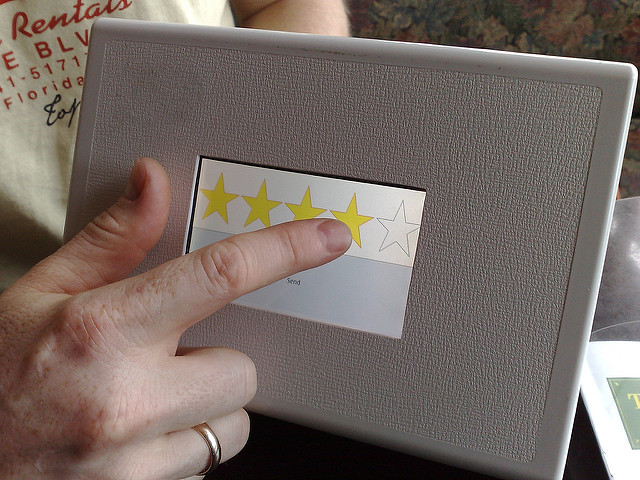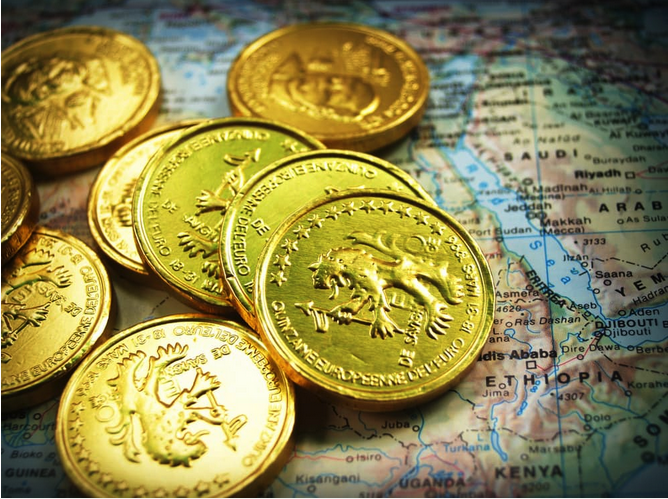“When the facts change, I change my mind. What do you do, sir?”
These much-quoted words of John Maynard Keynes are appropriate in these surprising times. Back in October, I highlighted opportunities in emerging market stocks and bonds. In equities, I cited improving economic fundamentals and attractive price-to-earnings ratios, while in bonds I lauded their relatively high yields. Not anymore.
Last week our Asset Allocation Committee issued our revised asset allocation framework for global markets over the next twelve months. As a result of the unexpected victory by Donald Trump and the prospect of a unified Republican congress’s proposed economic program of lower taxes, looser regulatory burdens and increased fiscal spending, we raised our 12-month outlook for U.S. equities to slightly overweight. At the same time, we decided to lower our 12-month outlook for emerging market debt and equity.
Our new, more cautious approach towards emerging markets was driven by the realization that the environment had changed—and changed rapidly. Indeed, against a heady combination of higher US interest rates, a stronger dollar and the possibility of increasing tension over trade, we had no other option than to revisit our case for emerging markets. Investing in markets is a dynamic process. And, as Keynes observed, if a situation changes, it’s important that you have the flexibility to respond quickly.
Beyond the noise
But this change of heart is not a ‘deep sell’ mindset. There is still a robust, long-term case for investing in emerging economies and, following recent market movement, fixed income yields and equity P/E’s are more attractive than before. Indeed, while our emerging market stock and bond teams are both cautious about the short-term outlook, they continue to identify compelling opportunities within emerging markets over the longer term.
True, equities have sold off sharply and currency losses have been a major performance detractor. But it’s foolish to regard emerging markets as a monolithic block. There remain many pockets of value. Hard currency sovereign bonds, for example, are yielding 5.8% and commodities have continued their relative outperformance post the election. Indeed, over the longer term, pro-growth U.S. policies could benefit select emerging markets.
Possible trade constraints impact Latin America far more than Asia, for example. That’s because the ‘value add’ of Asian exporters is not easily replaceable. And if President Trump’s much-vaunted infrastructure spend becomes reality, this would increase the demand for select commodities and specialist engineering and technology skills. Finally, it’s also worth noting that if the US does ramp up its domestic energy and coal production, this will help emerging markets broadly as many are net consumers.
Elsewhere, China continues to be a source of concern. While the short-term position remains positive, there are risks that its recent stimulus measures have created bubbles and the devaluation of its currency is also causing anxiety, particularly in the Trump camp. Indeed, how China reacts over the next twelve months is vitally important, not just for emerging markets, but for all of us.
In the ditch
Against this backdrop, one sensible approach towards emerging market equities might be to tilt portfolios towards domestic companies trading at a reasonable price with low debt levels. This could help to minimize the threat of interest rate sensitivity and diminished global trade.
In debt markets, the Trump victory is undoubtedly having a negative impact as they experience the double-whammy of higher interest rates and growing risk aversion. However, the pickup in growth and the reduction in the account deficits of many emerging economies should help mitigate some of the downside risk.
Apart from being a renowned economist, Keynes was also an avid art collector. At the height of the First World War, he travelled to Paris to attend a fire-sale of Impressionist art. Among the paintings he purchased was one by Cézanne—Still Life with Apples. Back in England, he drove down to Sussex to visit his friends from the Bloomsbury Group. Close to their house, his car got stuck in the mud. Unable to carry all the paintings himself, Keynes left the Cézanne hidden behind a tree in a ditch, to be retrieved later.
Today, emerging markets may appear to be headed into the ditch. But they have higher average growth rates, more favorable demographics and possess better balance sheets than developed countries. Just like the Cézanne, in time they could appreciate in value.



